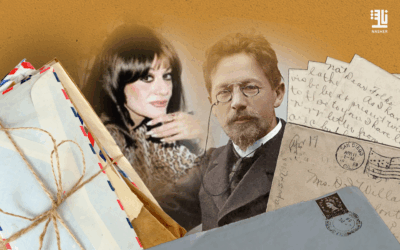Time robs many of their dreams or success and authors are not immune to this aspect of life as often they don’t live long enough to see their books being published or witness the success that follows their work. We have selected few who fell victim to time and fate.
Mary Ventura and the Ninth Kingdom by Sylvia Plath
Well-known for her poetry, Plath’s only published novel during her lifetime was the groundbreaking The Bell Jar. Few years ago Faber published Mary Ventura and the Ninth Kingdom, which Plath wrote in 1952 as an assignment when she was a third-year student at Smith College in Massachusetts.
She submitted the story to Mademoiselle magazine, but it was rejected. Two years later she revised it, changing the title to Marcia Ventura and the Ninth Kingdom to mask the identity of her high school friend Mary Ventura, whose name she had borrowed. She also made the story less sinister and shortened it.
Pure Juliet and The Yellow Houses by Stella Gibbons
Cold Comfort Farm is a beloved British classic, parodying rural melodramas and giving us a loveable heroine in Flora Poste. Published in 1932 it is Gibbons’ best-known novel, although she published many in her career.
In 2014, 25 years after Gibbons’ death, her family discovered her book Pure Juliet, which was published for the first time in 2016. This was followed later in the same year by the first publication of The Yellow Houses, a novel written by Gibbons in the Seventies.
Both Pure Juliet and The Yellow Houses feature quirky heroines like Flora Poste. The former follows Juliet Slater, who spends hours in her room with incomprehensible maths textbooks, her mind drifting on strange seas of thought. In the latter, Mary Davis runs away from home at 17 to find a husband and children.
The Complete Poems by Emily Dickinson
Dickinson was a legendary recluse, and only had a few poems published in her lifetime, even though she wrote thousands. After her death in 1886, her younger sister Lavinia discovered her cache of poems. Although Dickinson had left instructions for her correspondence to be destroyed, she had made no such requests regarding her poetry.
The first volume of Dickinson’s poetry was published in 1890 by Mabel Loomis Todd and TW Higginson, who edited the works so that much of Dickinson’s distinctive style – her unconventional punctuation and use of capitalisation – was lost.
In 1955, the first scholarly, virtually unedited collection of her poetry became available for the first time when Thomas H Johnson published The Poems of Emily Dickinson.
Northanger Abbey and Persuasion by Jane Austen
Austen published four novels in her lifetime, and wrote two more which were published in 1818, the year after her death. In Northanger Abbey we meet Catherine Morland, a naïve young girl with a very active imagination and a love of sensational novels. She attempts to infiltrate Bath’s fashionable social scene while staying at nearby Northanger Abbey, and her preconceptions have embarrassing and entertaining consequences.
Persuasion follows Anne Elliot, who bowed to family pressure not to marry the man she loved, Captain Wentworth. However, she later finds that he has come back into her social circle. It was Austen’s final novel.
The Last Tycoon by F. Scott Fitzgerald
The book’s tragic hero is Stahr, a vulnerable cynic who rises to power in a Hollywood dominated by business, alcohol and promiscuity. The Last Tycoon was unfinished when Fitzgerald died in 1940. His friend Edmund Wilson collected his notes and edited the manuscript for publication, and the novel was first published in 1941.






